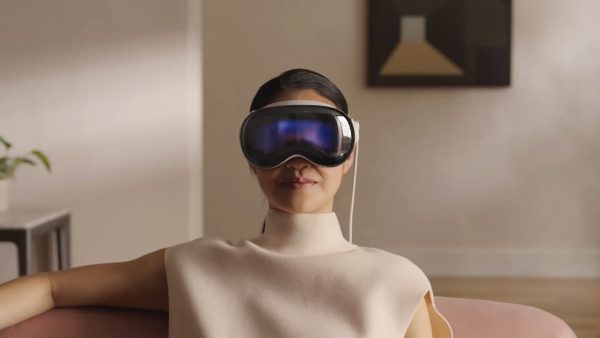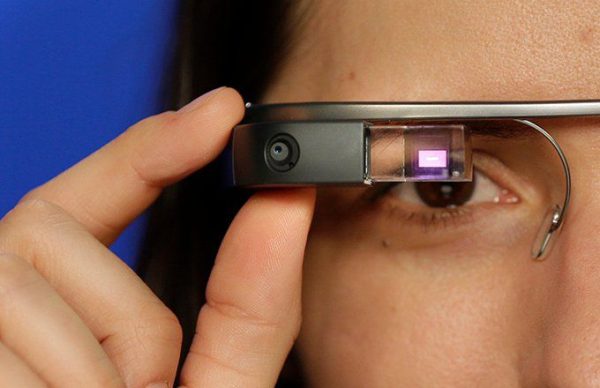If you’re a tech fan, you may have heard of the Apple Vision Pro. It was announced by Apple last June, and, at first sight at least, it seems like an amazing product. I mean, for crying out loud, you can see your world with an entire operating system in it. Granted, this isn’t the first time that a product like this has existed, but the Vision Pro is (again, in my opinion) in a whole other league of it’s own from a product standpoint.
There are problems that though. It’s to be expected with a new product line. The current problems recognized by the consumer tech community seem to boil down to 4 things:
- The price
- The weight
- The fragility
- The practicality

Let’s break down each of these problems. Starting with the price. It’s $4,000 after taxes and fees and whatnot. Just to able to wrap your head around the scale of that figure, that’s around 1,600 McChickens from McDonalds, around 360 dozens of donuts from the Schnucks on Wentzville Pkwy, and just shy of 1,180 gallons of gas from the Mobil gas station on Hwy Z in Wentzville. The point is, that’s a steep price. Although, I will explain later how this could play into a strategy that Apple may have.

Next up, the weight. From what I’ve heard (I haven’t tested it myself yet), it’s really front heavy. They do sell ways to try and remedy it, but, according to different review online, they don’t fully work. It will still leave redness on your face after prolonged periods of use. The general consensus I’ve seen from aforementioned reviewers is that the solution is a counterweight to take some of the weight from the front to the back to balance things out.

Now for the fragility. Apple does sell a travel case for $200. It’s kind of steep from the perspective of phone cases, where most cases are between $20 and $80, but it makes sense, because it plays into this strategy that I mentioned earlier, and that I’ll expand on later.

Lastly, the practicality. It definitely is more of a fun and experimental device, rather than a practical device, simply because it’s in the form of a VR headset (yes, I know it’s marketed as a spatial computer, but it has the VR headset form factor). This automatically rules out using it in any public setting, especially given right now that wearing a VR headset-looking device in public isn’t really socially acceptable anywhere. I think it would be more practical if it was eventually put in a glasses form factor with a transparent display, unlike the Google Glass project that Google came out with in 2013. That would be kind of weird, and you might get some comments behind your back.

Now, as promised, there’s a strategy to the Vision Pro. See, what people online are theorizing is that Apple doesn’t really want you to buy the Apple Vision Pro, but rather they want to release it for developers, and then meanwhile all the rest of us see it, see it’s high price, come to the very quick conclusion that we can’t afford it, and then move on. However, a few years down the line, Apple will release a new generation that’s priced at a much more attainable $500-$1000, and then people will see that as a good deal, especially because of all the improvements to things like software and third party app support.









